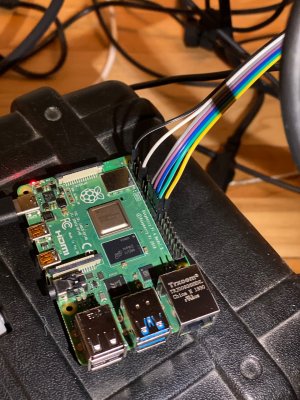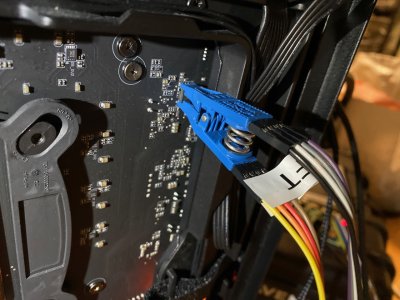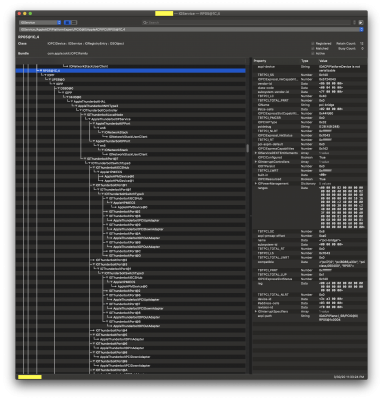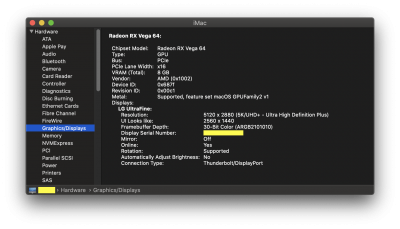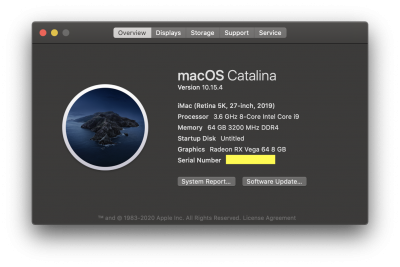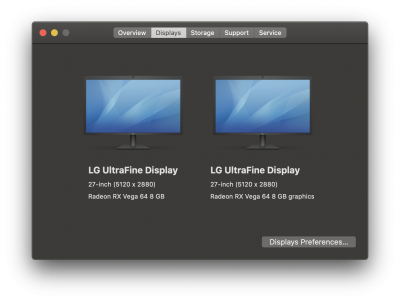- Joined
- Nov 7, 2013
- Messages
- 112
- Motherboard
- Gigabyte Z390 Designare
- CPU
- i9-9900K
- Graphics
- RX 5700 XT
If you follow the Catalina 10.15.4 guide (Step 1) that shows what Clover options to check on, then no extra files will be installed. Only the EFI folder in the EFI partition will be created.
MSR 0xE2 has to be unlocked for the 10.15.4 guide. My test bench is unlocked.
The setup I'm suggesting is on a USB flash disk and is temporary. It will have no impact on any future disk or OS configuration.
Having said this, I'm not suggesting that Clover will fix your sleep/wake issues. Instead, what I'm getting at is this:
- You have a system whose sleep/wake functionality does not work.
- I have a system whose sleep/wake functionality works remarkably well.
- So if we consider my test bench to be a "reference design" or "baseline", then doesn't it make sense to compare your system against a known working baseline?
- And then begin to systematically look for differences?
Okay I have created the USB and just booted from Clover setup on the USB.
UPDATE:
Just rechecked and am already showing some of the errors:
2020-03-30 20:36:44.076002-0400 localhost powerd[102]: [powerd:sleepWake] Wake reason: "<private>" identity: "<private>"
2020-03-30 20:37:23.801207-0400 localhost kernel[0]: (AppleACPIPlatform) AppleACPIPlatformPower Wake reason: XDCI
2020-03-30 20:37:23.801207-0400 localhost kernel[0]: (AppleACPIPlatform) AppleACPIPlatformPower Wake reason: XDCI
The private one is always happening either right when the computer wakes up or when it goes to sleep and the 2 XDCI ones are always happening right when the computer goes to sleep. I'll have to test a bit more for the Other error that actually wakes the PC from Find My Mac
Last edited:

